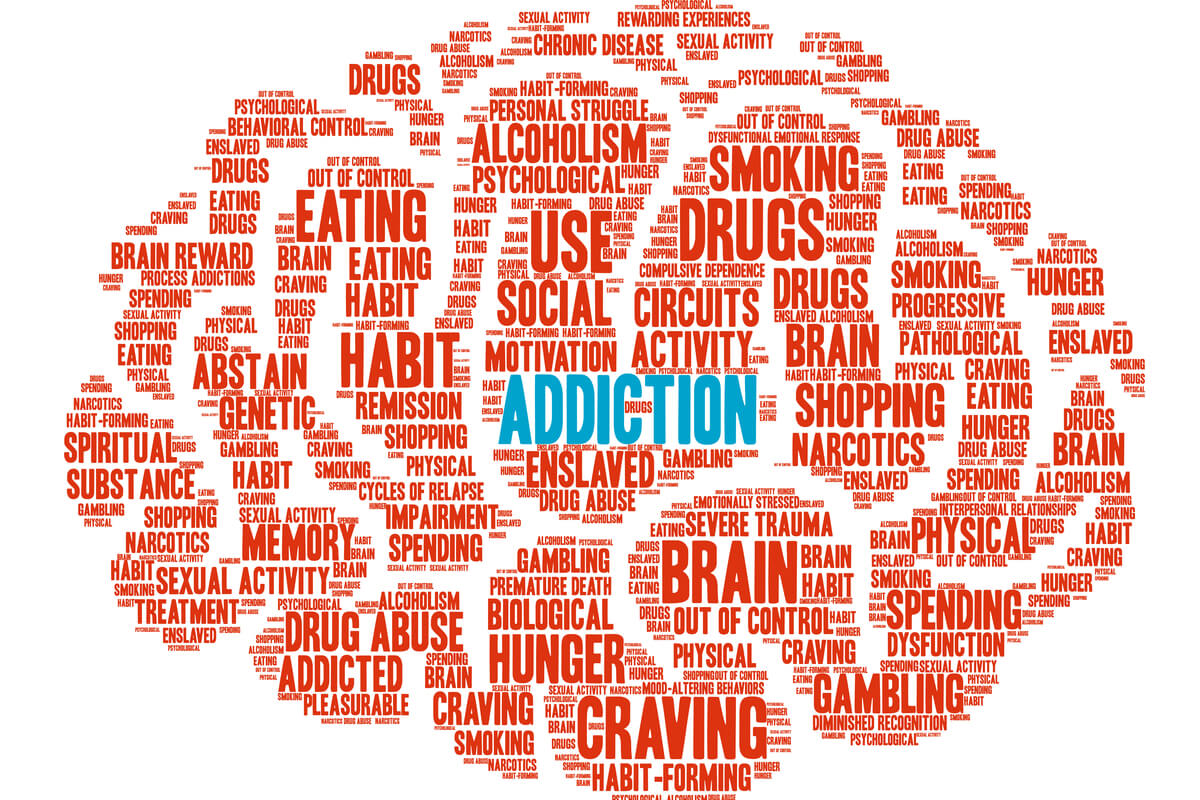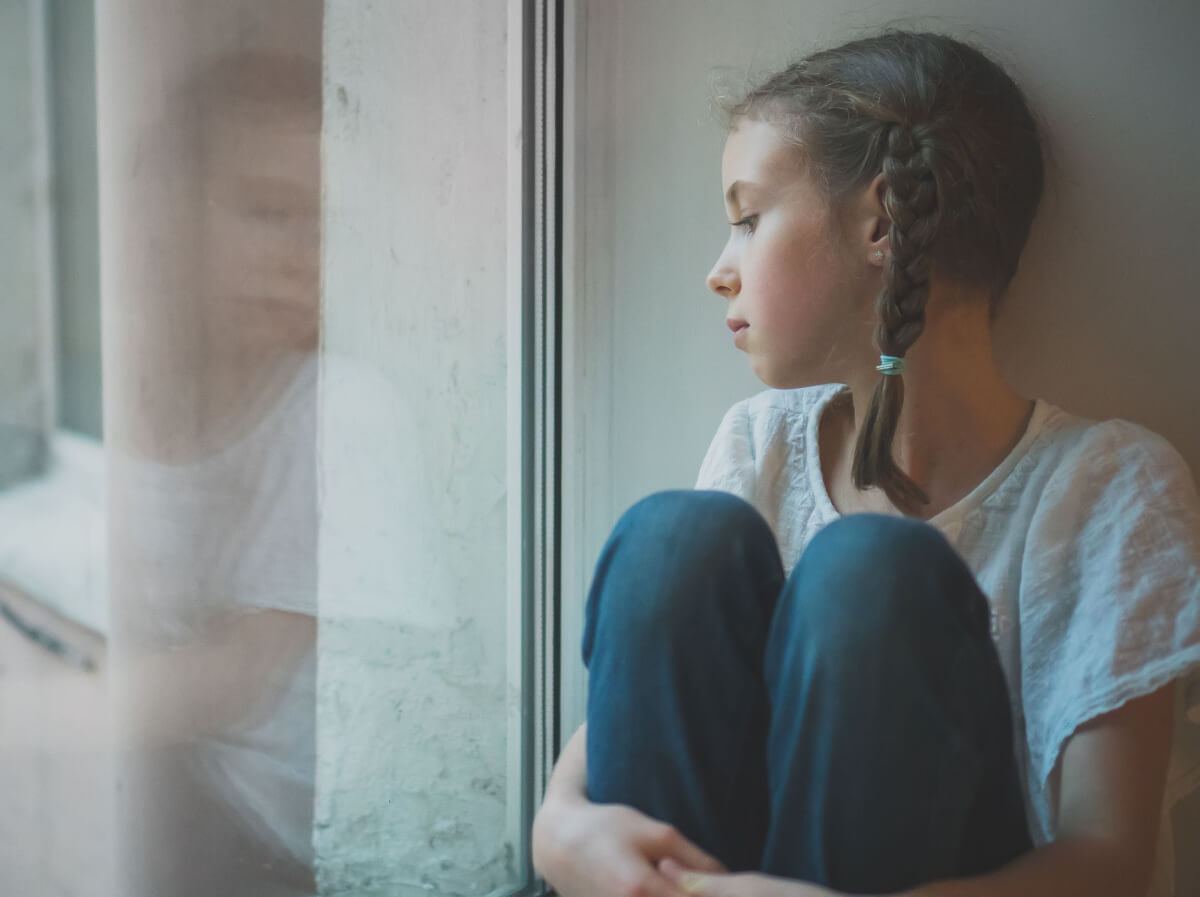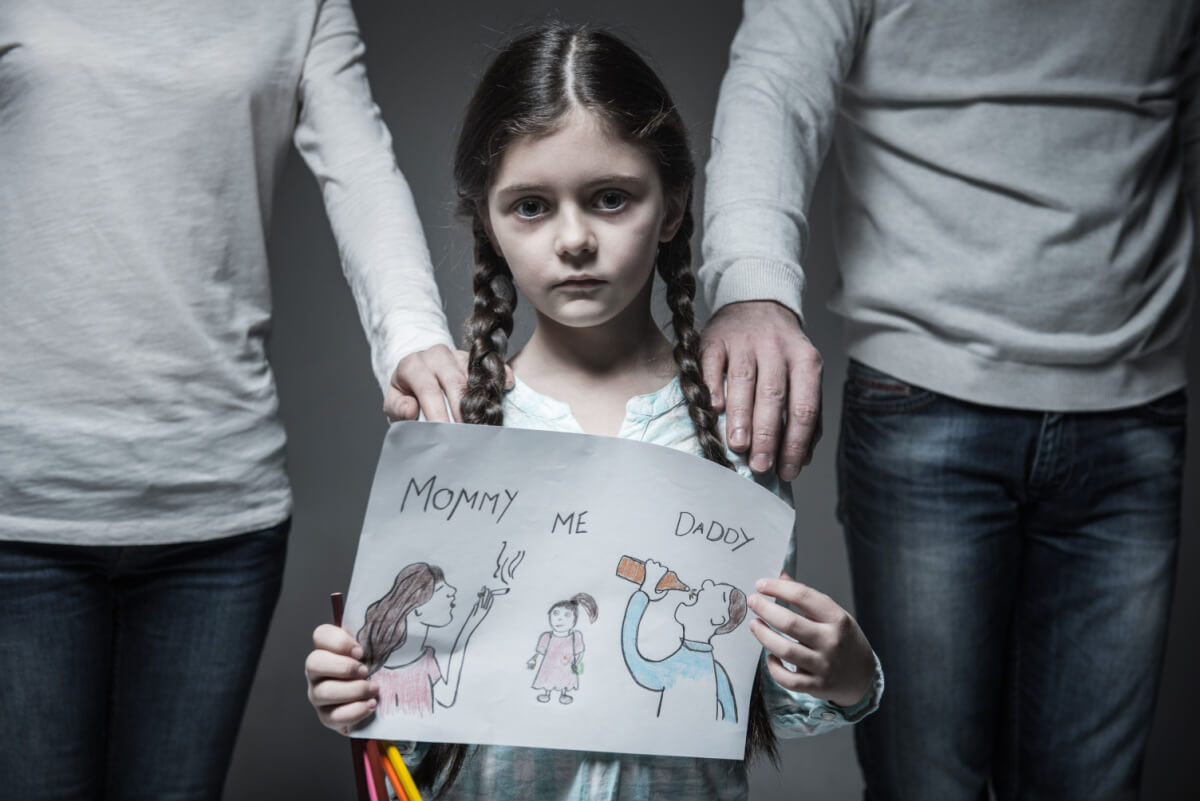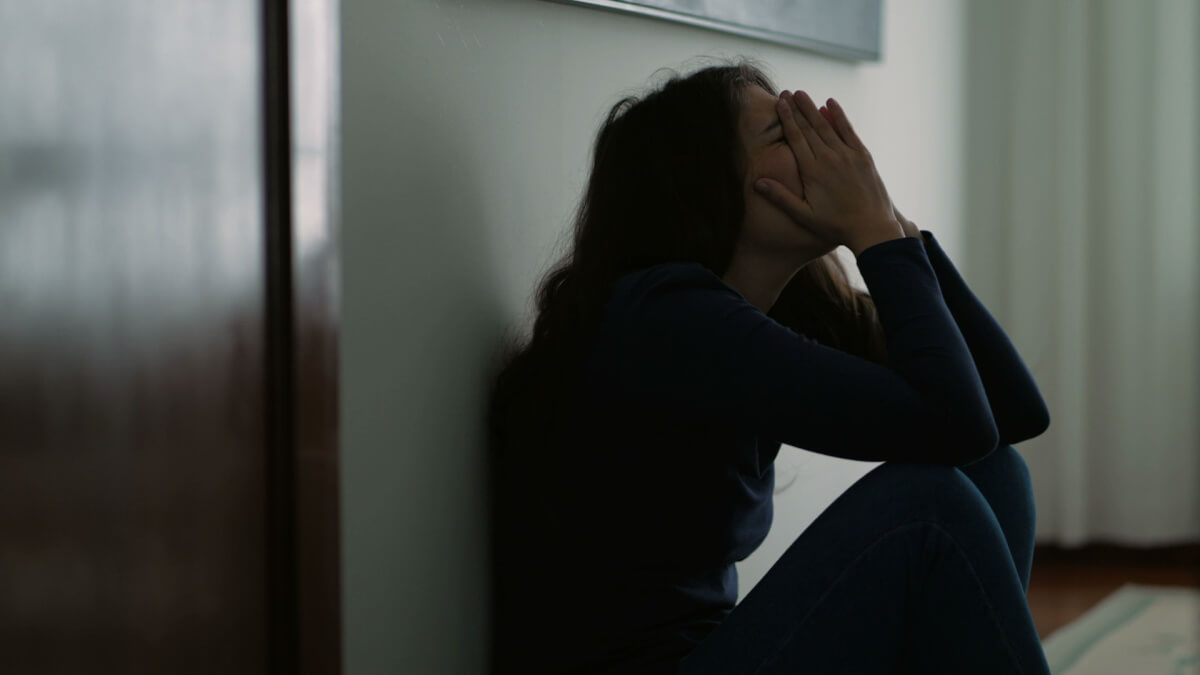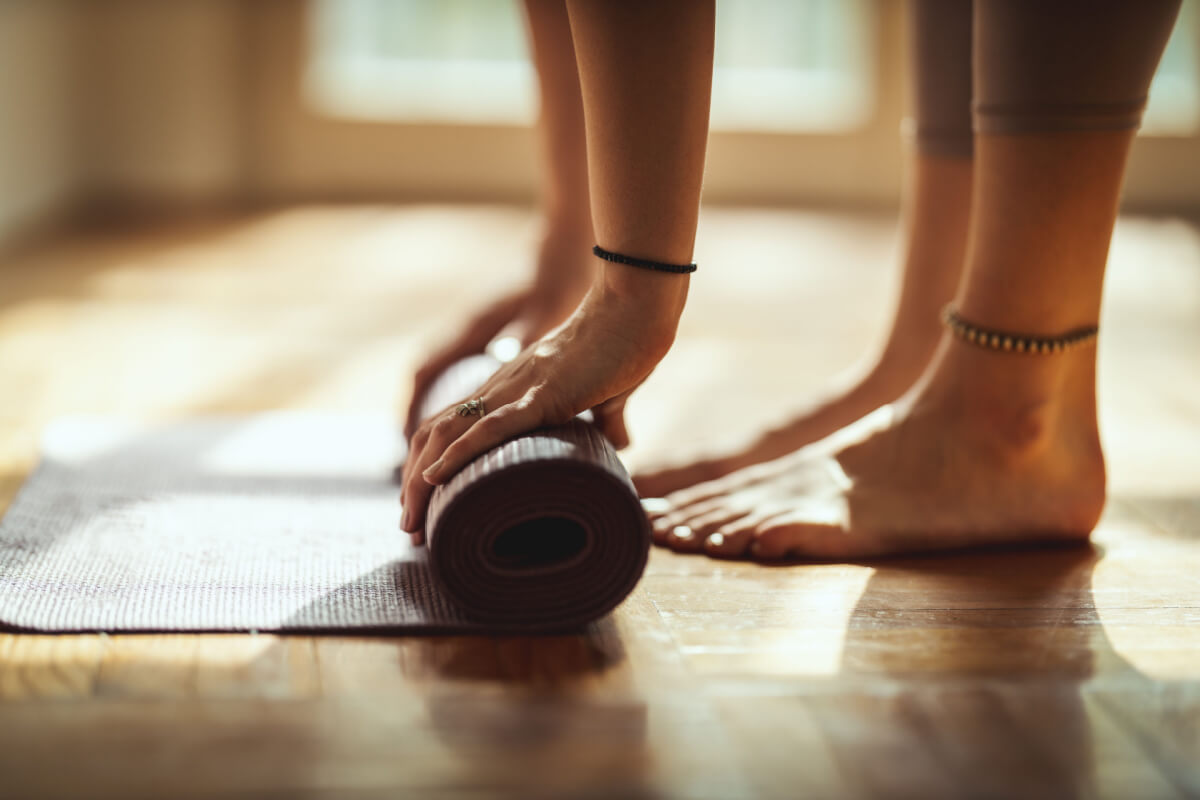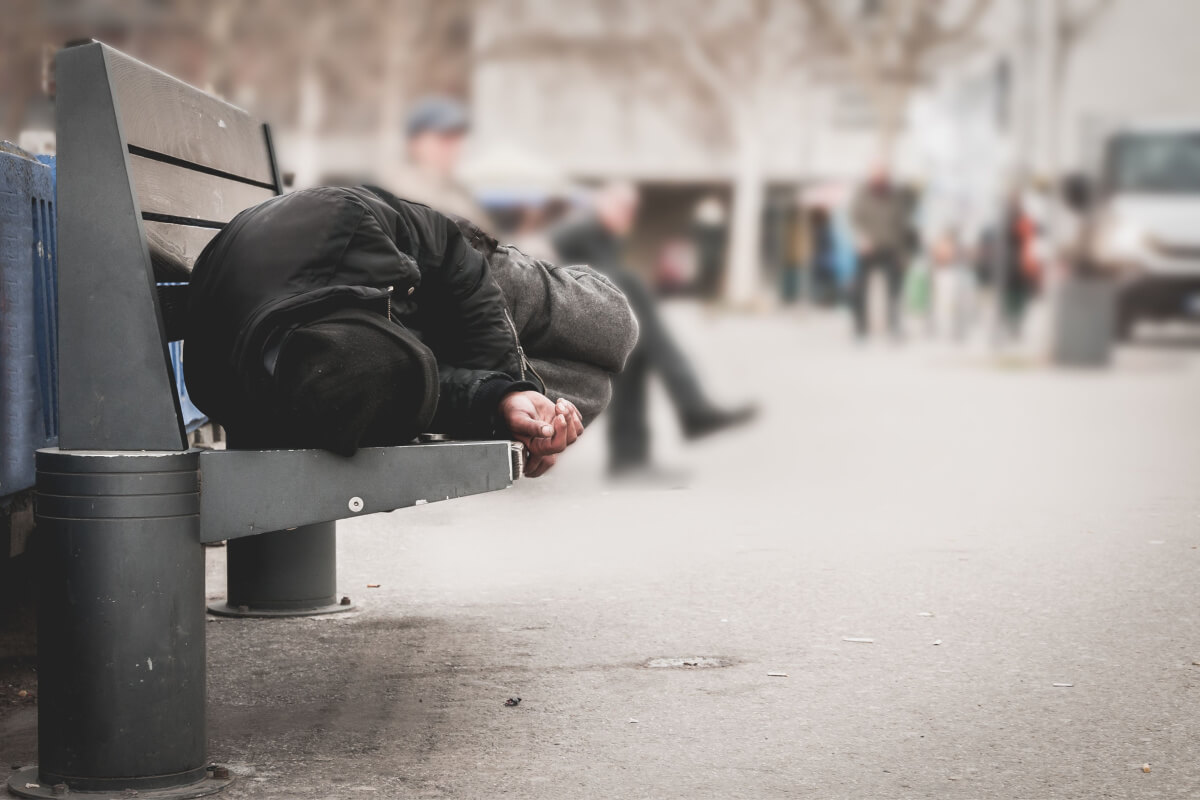
In January 2020, more than 580,000 people were experiencing homelessness in the United States.[1] In cities and towns throughout America, people slept in tents, boxes, and cars.
During the day, they looked for food, health care, and opportunities. Some of them were also looking for mind-altering drugs and alcohol.
The Connection Between Homelessness & Struggles With Habit-forming Drugs & Alcohol
Why homelessness and drug and alcohol use are associated, or seen more commonly together, is likely bi-directional. For one thing, regular substance use can lead to personal and familial chaos, leading to financial strain, social isolation, unemployment and loss of shelter. On the other hand, the hardships of being homeless might lead people to use drugs and alcohol more often to cope. There are also factors, such as severe mental illness, which can increase risk of both. Ultimately, the connection between homelessness and substance use disorder is complex, interwoven, and deeply personal.
Research shows that high housing costs drive most cases of homelessness. Cities with brisk competition have the highest rates of homelessness.[1]
Homelessness is not easy to address. However, the more we know about how substance use can play a role in homelessness, and vice versa, the more likely we will find solutions..
How Common Are Substance Use Disorders In Homeless Communities?
It can be difficult to obtain accurate data for research on homelessness. Surveys are difficult to conduct, as people move often and are sometimes unwilling to cooperate with authorities. Stigmatization by others may render someone more resistant to answering research questions truthfully. However, the research conducted on homelessness and substance use delivers troubling results.
Research from the National Alliance to End Homelessness suggests that one in five people experiencing homelessness have a substance use disorder—compared to one in 12 people who have stable housing.[2]
Substance use rates differ by housing type, as the following stats from 2022 make clear:[4]
- 10,170 people sheltered in transitional housing use substances regularly.
- 30,393 people sheltered in emergency shelters use substances regularly.
- 54,438 people who are unsheltered use substances regularly.
About 30% of all people experiencing homelessness have mental illnesses.[3] Depression, anxiety, post-traumatic disorder and similar ailments dramatically increase a person’s risk for substance misuse.
Since studies are hard to conduct and results subject to bias, these estimates may be too high or too low. But it’s safe to say that in all likelihood most people experiencing homelessness are not dealing with a substance use disorder (SUD). But those who do have a SUD may find it hard to leave homelessness behind.
Which Comes First: Homelessness or Addiction?
Do people with SUDs become homeless? Or do people who are homeless develop SUDs?
Each person is different, and their journeys individually unique too. But we know several factors influence the relationship.
Low Access to Mental Health Care
In the 1960s, people with mental illnesses got care in large, state-run, residential facilities. They lived there day in and day out, and sometimes, those buildings grew crowded and chaotic.
In Oregon, for example, authorities opened a new mental health facility in the 1960s to prevent overcrowding. Soon, that new building was also full.
In the 1980s, funding priorities changed; most of these places were closed, leaving many of the residents with no other place to go.[5] People who had trouble functioning in their daily lives due to mental illness were left to fend for themselves, and many became homeless. Mental illness, especially severe mental illness, is a well-known contributor to substance use and substance use disorder. This resource deficit for people with severe mental illness is still an ongoing problem today.
In a scenario like this, mental illness precedes both homelessness and drug and alcohol use.
Peer Pressure
Joining with other people can help lessen the burdens of homelessness. A peer could watch your campsite while you’re away, share food as needed, and offer protection.
But finding affiliation isn’t always easy. Some people report beginning substance misuse as a way to get accepted by others while they are also in the throes of homelessness.[6]
In this scenario, homelessness comes first. People begin using drugs to fit in, and soon, they can’t control how much or how often they use drugs.
Stressful Situations
It’s not easy to live on the streets. People who have no regular shelter jump from one situation to another.
Even entering a shelter is a short-term solution.[7] Most people enter when the sun goes down, and they must leave again in the morning.
A relentless, uncertain life like this isn’t easy. Some people turn to substances to help them escape, even if it’s just for a few moments.
In this scenario, homelessness comes first, and SUDs swiftly follow.
Loss of Opportunities
People with a substance use disorder have financial hardship, difficulties maintaining employment, and become increasingly isolated from supportive family or friends.
In this situation, a substance use disorder comes first, leading to homelessness.
Causes of Homelessness in People with SUDs
Why do some people lose their homes while others don’t? Answering this question is critical in solving homelessness, and we’re years away from real solutions. But some factors are clear.
Homelessness and poverty are closely related.[8] Low-income people can’t pay for necessities like these:
- Food
- Childcare
- Health care
- Education
Someone like this is just one paycheck away from homelessness. An unexpected medical bill, car repair fee, or police citation could tip the scales and leave them with nothing.
A lack of affordable housing also causes homelessness. In surveys, people cite these issues as sparking their homelessness:[9]
- Eviction
- Overcrowding
- Doubling-up rents
- Job loss
- Hazardous housing conditions
Homelessness & Substance Misuse in Women
The majority of homeless people are male. Thirteen out of 10,000 women are homeless, compared to 22 out of 10,000 men.[1] But women who are homeless face issues their male counterparts don’t.
When compared to women with stable housing, women experiencing homelessness are four times more likely to have an alcohol use disorder and 12 times more likely to have a SUD, according to a 2018 survey of people in the United States.[10]
Homeless women often have a history of trauma. Up to 50% of all women experiencing homelessness were found to have fled their homes to get away from domestic violence situations.[11]
Life on the streets can bring further insecurity and victimization, leading to more traumatic experiences.
Researchers say up to 92% of homeless mothers have experienced physical or sexual violence during their lifetime. And 13% of homeless women reported being raped within the past 12 months, with half of those women raped at least twice.[16]
When women lose secure housing, they also lose access to hygiene products and healthcare. Of the homeless population, 73% report at least one unmet medical need.[17] Women might lack preventive care, like mammograms and Pap tests. They might also struggle with infections and illnesses like asthma, anemia and ulcers.
Poor mental health is also common among women without secure housing. In one study, women described persistent feelings of hopelessness and isolation. Many reported wait times for shelters, and while they waited, they saw other women being abused.[18]
As a woman’s traumas compound, her substance misuse issues can deepen. She might use substances to escape emotional and physical pain, which can quickly spiral into an addiction.
Women struggling with homelessness are encouraged to dial 211 to access a free and confidential referral service from the Substance Abuse and Mental Health Services Administration.[19]
Homeless & Substance Misuse in Youth
Up to 70% of youth experiencing homelessness misuse drugs or alcohol.[12] Usually they are primarily using marijuana, but cocaine, amphetamine, and alcohol misuse are common too.
The majority of homeless youth have endured some kind of trauma, such as these:[13]
- Combat-related trauma
- Community violence
- Disasters
- Domestic violence
- Neglect
- Physical abuse
- Psychological abuse
- Sexual abuse
These early experiences can change neural pathways in a growing brain and make substance use disorders more likely. And youth accustomed to coping through drugs and alcohol may not be aware of how habitual use of alcohol and drugs will only compound their problems.
Once youth have lost stable housing, their traumatic experiences can intensify. Researchers say one in three teens will be forced into prostitution within 48 hours of leaving home.[20]
Youth who experience homelessness are likely to transition into adults who are homeless. They may also become parents while experiencing unstable housing. Of unhoused women ages 18 to 25, 44% are pregnant or parents.[20]
These youth may not have access to a solid education, which might help them end the homelessness cycle. The high school graduation rate among homeless youth averages 68%.[21]
Youth who entered homelessness due to escaping troubled homes can access the National Runaway Safeline and get referrals to services, including education and potential reunification with a stable caregiver. Call 1-800-RUNAWAY to get started.[22]
Homelessness & Substance Misuse in the LGBTQ Community
People who identify as gay, lesbian, transgender, bisexual, or gender-curious face unique risks as they enter homelessness. And their pathways to homelessness may be unique too.
Many LGBTQ youths become homeless due to conflicts with their parents about their sexual orientation or gender identities.Of all homeless youth, 20% identify as LGBTQ.[11] Of those, 62% will attempt suicide.[11]
LGBTQ homeless youth have two to four times the risk of mental illnesses like depression, anxiety and self-harm compared to youth with secure housing.[23]
LGBTQ youth are also likely to engage in self-harm. Of unhoused LGBTQ youth, 68% reported self-harm, compared to 49% of youth with stable housing.[23]
If LGBTQ youth enter shelter environments, they can experience stigma or harassment from peers and shelter staff. Some have been asked to leave shelters after revealing their gender identity.[24]
LGBTQ youth are more likely than their peers to engage in the exchange of sexual favors for basic needs, like food and clothing. Close to 60% of LGBTQ youth have been sexually victimized while homeless.[25]
LGBT homeless youth are more likely than non-LGBT homeless youth to use cocaine, crack or methamphetamines.[14]
Anyone struggling with homelessness can call 211 to access a free and confidential referral service from the Substance Abuse and Mental Health Services Administration.[19]
Treatment Options for SUD
Efforts to reduce the size of the homeless population are ongoing. Modest gains in reducing homelessness took hold in the mid-2000s. But when COVID moved into the United States, everything changed.
Widespread job losses, high medical bills, and poor prospects combined with skyrocketing housing prices during COVID. Any gains made in reducing homelessness prior to 2020 were likely wiped out due to the pandemic.[1]
The best way to help homeless people with SUDs is to support both the homelessness and addiction problem at the same time.
The best way to reduce homelessness is to help people find and keep safe and secure housing. This is a challenge, and an ongoing problem, but whether or not substances are in the picture, helping people find shelter should be top priority.
Experts claim that there are three key aspects to addressing SUDs best ways to address SUDs among the homeless:[15]
- Harm reduction measures: Rather than focusing only on getting people sober, offering people who are not ready to quit help with reducing the risks associated with drug use is now a standard approach. Examples of harm-reduction approaches include needle exchange clinics and naloxone to prevent overdose.
- Case management: Each person has a dedicated professional who can help them find housing options, discuss substance use disorder treatment, and get help for medical problems and mental health problems.
- Housing interventions: Professionals offer a safe, stable place for the person to live, even temporarily.
As with anyone with a substance use disorder, homeless individuals should be offered counseling, referrals to 12-step programs if they are considering stopping, Medication for Addiction Treatment (MAT) for their opioid use disorders, psychiatric care in the case of comorbid mental health problems and residential treatment when needed.
Homelessness & SUD FAQs
Sometimes. The chaos of a life with SUD can cause people to lose financial security and support, culminating in homelessness.
Sometimes the stresses of being homeless lead people to turn to substances to cope. Ongoing stress, trauma, and continued use lead to development of a substance use disorder, or an addiction.
Poverty. People with a low income who experience short-term financial stress can suddenly find themselves without a place to live. Once someone is homeless, it is hard to get out of that cycle.
Substance use disorder treatment works best when it is individualized. But as with anyone a combination of medication, counseling, 12-step work, and if needed financial, housing and employment support will increase someone’s chance of breaking free.
If you know someone struggling with substance use disorder, getting them into treatment is the best path forward.

Reviewed By Peter Manza, PhD
Peter Manza, PhD received his BA in Psychology and Biology from the University of Rochester and his PhD in Integrative Neuroscience at Stony Brook University. He is currently working as a research scientist in Washington, DC. His research focuses on the role ... Read More
- State of Homelessness: 2021 Edition. National Alliance to End Homelessness. https://endhomelessness.org/homelessness-in-america/homelessness-statistics/state-of-homelessness-2021/. Accessed May 2022.
- Health. National Alliance to End Homelessness. https://endhomelessness.org/homelessness-in-america/what-causes-homelessness/health/. December 2023. Accessed January 2024.
- Mental Health. Homeless Hub. https://homelesshub.ca/about-homelessness/topics/mental-health. Accessed May 2022.
- Estimated Number of Homeless People with Chronic Substance Abuse in the United States in 2022, by Sheltered Status. Statista. https://www.statista.com/statistics/962325/number-homeless-people-substance-abuse-us-sheltered-status/. June 2023. Accessed January 2024.
- Why Portland’s Homeless Problem is the Worst in the Nation. The Heritage Foundation. https://www.heritage.org/poverty-and-inequality/commentary/why-portlands-homeless-problem-the-worst-the-nation. November 2017. Accessed May 2022.
- Substance Abuse and Homelessness. National Coalition for the Homeless. https://nationalhomeless.org/wp-content/uploads/2017/06/Substance-Abuse-and-Homelessness.pdf . June 2017. Accessed May 2022.
- Homelessness Statistics Reveal a Problem That’s Bigger Than Us, But Not Beyond Solving. New Story. https://newstorycharity.org/homelessness-statistics/. September 2019. Accessed May 2022.
- Causes of Homelessness. Homeless Hub. https://homelesshub.ca/about-homelessness/homelessness-101/causes-homelessness. Accessed May 2022.
- Basic Facts About Homelessness: New York City. Coalition for the Homeless. https://www.coalitionforthehomeless.org/basic-facts-about-homelessness-new-york-city/. April 2022. Accessed May 2022.
- Barriers to Accessing Addiction Treatment for Women at Risk of Homelessness. Frontiers in Global Women’s Health. https://www.frontiersin.org/articles/10.3389/fgwh.2022.795532/full. February 2022. Accessed May 2022.
- Health Care for Homeless Women. American College of Obstetricians and Gynecologists. https://www.acog.org/clinical/clinical-guidance/committee-opinion/articles/2013/10/health-care-for-homeless-women. October 2013. Accessed May 2022.
- Factors Associated With Substance Use Among Homeless Young Adults. Substance Abuse. https://www.ncbi.nlm.nih.gov/pmc/articles/PMC2856116/. January 2011. Accessed May 2022.
- Substance Use Among Youth Experiencing Homelessness. Healing Hands. https://nhchc.org/wp-content/uploads/2019/08/healing-hands-substance-use-among-youth-experiencing-homelessness-v2-web-ready.pdf. September 2016. Accessed May 2022.
- Out on the Street: A Public Health and Policy Agenda for Lesbian, Gay, Bisexual, and Transgender Youth Who are Homeless. Journal of Osteopathic Medicine. https://www.ncbi.nlm.nih.gov/pmc/articles/PMC4098056/. January 2015. Accessed May 2022.
- What Treatment and Services Are Effective for People Who Are Homeless and Use Drugs? A Systematic ‘Review of Reviews.’ PLOS ONE. https://journals.plos.org/plosone/article?id=10.1371/journal.pone.0254729. July 2021. Accessed May 2022.
- No Safe Place: Sexual Assault in the Lives of Homeless Women. National Resource Center on Domestic Violence. https://vawnet.org/material/no-safe-place-sexual-assault-lives-homeless-women. September 2006. Accessed January 2024.
- Health Care for Homeless Women. American College of Obstetricians and Gynecologists. https://www.acog.org/clinical/clinical-guidance/committee-opinion/articles/2013/10/health-care-for-homeless-women. 2021. Accessed January 2024.
- Cycle of Perpetual Vulnerability for Women Facing Homelessness near an Urban Library in a Major U.S. Metropolitan Area. International Journal of Environmental Research and Public Health. https://www.ncbi.nlm.nih.gov/pmc/articles/PMC7459588/. August 2020. Accessed January 2024.
- Find Immediate Assistance. Substance Abuse and Mental Health Services Administration. https://www.samhsa.gov/homelessness-programs-resources/path/immediate-assistance. Published December 2023. Accessed January 2024.
- Youth Homelessness Overview. National Conference of State Legislatures. https://www.ncsl.org/human-services/youth-homelessness-overview. March 2023. Accessed January 2024.
- Graduation Rates of Students Who Experienced Homelessness in America. National Center for Homeless Education. https://nche.ed.gov/wp-content/uploads/2022/09/ACGR-of-Students-Who-Experienced-Homelessness-in-America.pdf. September 2022. Accessed January 2024.
- Runaway and Homeless Youth. Family and Youth Services Bureau. https://www.acf.hhs.gov/fysb/runaway-homeless-youth. December 2023. Accessed January 2024.
- Homelessness and Housing Instability Among LGBTQ Youth. The Trevor Project. https://www.thetrevorproject.org/research-briefs/homelessness-and-housing-instability-among-lgbtq-youth-feb-2022/. February 2022. Accessed January 2024.
- Homelessness and Housing. Youth.gov. https://youth.gov/youth-topics/lgbtq-youth/homelessness. Accessed January 2024.
- Homelessness Among the LGBTQ Community. National Coalition for the Homeless. https://nationalhomeless.org/lgbtq-homelessness/. Accessed January 2024.
Download Our Free Program Guide
Learn about our program, its effectiveness and what to expect
Related articles
Imagine what’s possible on the other side of opioid use disorder.
Our science-backed approach boasts 95% of patients reporting no withdrawal symptoms at 7 days. We can help you achieve easier days and a happier future.
